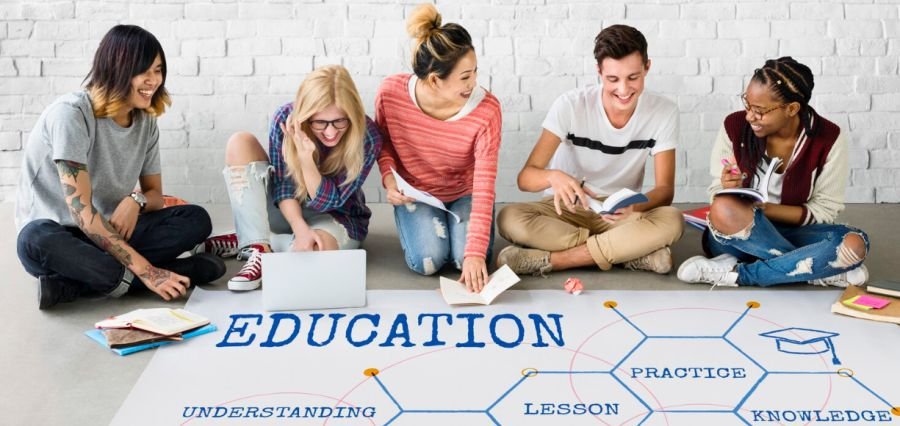Conflict is an inherent part of the university experience where diverse groups of students converge. At X University, like any other institution of higher education, student conflicts may arise from a variety of issues, including but not limited to, academic pressures, cultural differences, and personal disputes. Understanding the nature of these conflicts and the attributes of the student body is crucial in developing effective strategies to mitigate such disputes.
Effective conflict resolution is not only about diffusing immediate tensions but also about fostering a culture of constructive dialogue and mutual respect. Administrators and faculty at X University employ a range of approaches, drawing from best practices in negotiation and mediation. These methods serve to equip students with the necessary skills to navigate their interpersonal relations, reinforce the values of the university community, and maintain a conducive academic environment.
The approach to conflict mitigation at X University is proactive and student-focused. By acknowledging the potential for conflict and addressing it through educational workshops, peer-to-peer counseling, and clear communication channels, the university aims to prevent disputes from escalating. Such preemptive measures contribute to a supportive educational atmosphere, which is paramount for both the personal growth and academic success of students.
Identifying and Understanding Student Conflicts
When addressing student conflicts within a university setting, it’s crucial to first identify the types of conflicts that may arise. These can typically be grouped into interpersonal, such as disputes between students; intrapersonal, involving an individual’s internal conflict; intergroup, which involves conflicts between different student groups; and institutional, where students may have grievances with university policies or staff.
The resolution process often begins with understanding the underlying causes. For educators, recognizing the signs of conflict early on is essential. They may notice changes in a student’s behavior, like decreased participation or aggressive interactions with peers. Teachers should be vigilant and approachable so that students feel comfortable seeking help early in the conflict.
Conflict resolution for teachers hinges on impartiality and effective communication. Teachers should facilitate a dialogue where all parties feel heard. Here are some steps they might follow:
- Listen Actively: Understanding each student’s perspective is vital.
- Clarify the Problem: Help students express the issue in clear terms.
- Explore Solutions: Encourage students to propose their own resolutions.
- Agree on Action: Mediate an agreement that is acceptable to all parties involved.
It’s also beneficial to utilize formal procedures, such as peer mediation programs or counseling services, if conflicts escalate. Educators should encourage students to be proactive in seeking these resources when needed.
Conflict is an inevitable part of university life, but with the right tools and attitude, teachers can successfully navigate these challenges to support a conducive learning environment.
Strategies for Conflict Resolution and Mitigation
In addressing student conflict scenarios within a university setting, educators have an array of methods at their disposal to facilitate effective conflict resolution. Their approach should be structured, impartial, and conducive to a learning environment.
Active Listening: Teachers should ensure they listen to all parties involved without bias. Each student must feel heard and validated.
Clear Communication: It’s vital for educators to articulate their expectations regarding student conduct and conflict resolution processes. Setting clear guidelines reduces misunderstandings.
Mediation Sessions: Facilitating a structured dialogue between conflicting parties can help address underlying issues. Neutral mediation by an experienced staff member often leads to resolution.
Empathy Building: Encouraging students to see situations from others’ perspectives can foster understanding and dissolve tensions.
Collaborative Problem-Solving: It involves teachers guiding students to find a mutually acceptable solution. This may include:
- Identifying the conflict’s root
- Discussing possible outcomes
- Agreeing on a cooperative path forward
Use of Policies: Universities should have established policies for escalated conflicts. Teachers can rely on these policies to sustain a fair approach.
Training and Development: Regular training sessions for staff on conflict resolution can preempt many issues by equipping educators with the necessary skills.
Follow-up Procedures: After a conflict is resolved, it’s crucial to have follow-up meetings to ensure that the resolution is sustained and both parties are adhering to the agreed terms.
Successfully mitigating student conflict scenarios requires that educators remain composed and utilize these strategies. They serve as the foundation for overcoming disagreements and maintaining a harmonious educational environment.









